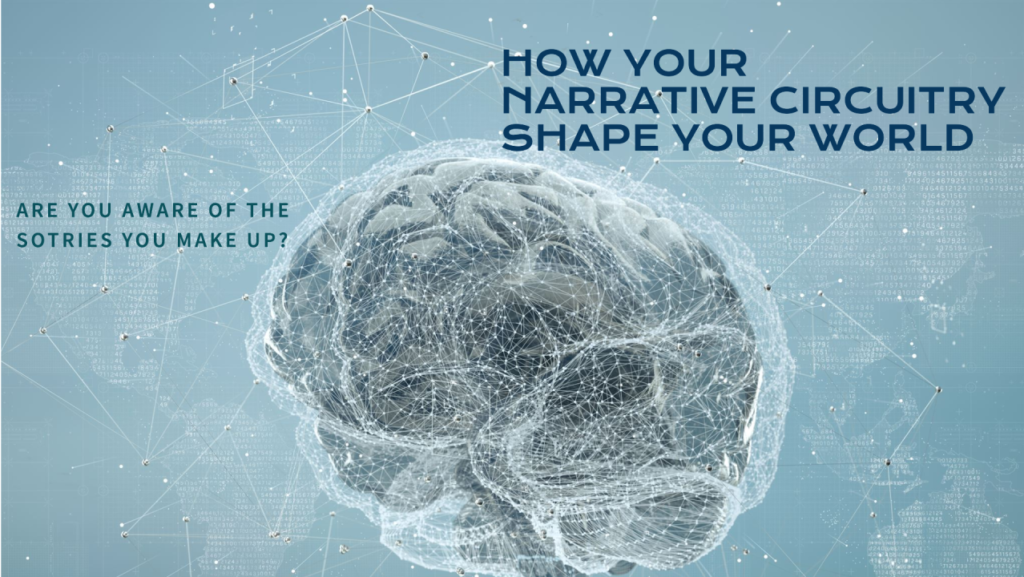Our brains are wired for storytelling. From the moment we wake up to the time we fall asleep, we are constantly creating narratives to make sense of the world around us. This narrative circuitry is a fundamental aspect of human cognition, allowing us to interpret experiences, connect with others, and navigate our lives. But how does this narrative circuitry differ from experiencing the world through sensory stimuli, and what are the pros and cons of relying on our internal stories?
Narrative Circuitry vs. Sensory Stimuli
Narrative Circuitry: The narrative circuitry of the brain involves creating and processing stories. When we hear or tell a story, multiple brain regions are activated, including the motor and sensory cortices, as well as the frontal cortex. This process, known as “neural coupling,” allows us to mirror the experiences of others, creating a shared understanding and emotional connection. Stories help us organize information, make sense of complex events, and remember details more vividly due to the release of dopamine, which enhances memory retention.
Sensory Stimuli: In contrast, experiencing the world through sensory stimuli involves direct interaction with our environment. Sensory experiences engage our senses—sight, sound, touch, taste, and smell—providing immediate and raw data about the world around us. This type of experience is more about being present in the moment and reacting to real-time inputs without the filter of a narrative.
Pros and Cons of Narrative Circuitry
Pros:
- Enhanced Memory: Stories help us remember information better by creating emotional connections and engaging multiple brain regions.
- Meaning-Making: Narratives allow us to make sense of complex and chaotic events, providing structure and understanding.
- Social Connection: Sharing stories fosters empathy and strengthens social bonds by allowing us to see the world from others’ perspectives.
Cons:
- Bias and Distortion: Our narratives can be influenced by biases, leading to distorted perceptions of reality.
- Overthinking: Relying too much on narratives can lead to overthinking and anxiety, as we create stories about potential future events that may never happen.
- Detachment from Reality: Sometimes, our internal stories can detach us from the present moment, causing us to miss out on immediate sensory experiences.
The Importance of Mindfulness
Mindfulness is the practice of being present and fully engaged with the here and now. It involves paying attention to our thoughts, feelings, and sensory experiences without judgment. By practicing mindfulness, we can balance the use of our narrative circuitry with direct sensory experiences, reducing the negative effects of our internal stories.
Benefits of Mindfulness:
- Reduced Stress: Mindfulness helps us stay grounded in the present moment, reducing stress and anxiety caused by overthinking.
- Improved Focus: By focusing on sensory stimuli, we can enhance our attention and concentration.
- Emotional Regulation: Mindfulness allows us to observe our thoughts and emotions without getting caught up in them, leading to better emotional regulation.
In conclusion, while our narrative circuitry is a powerful tool for making sense of the world and connecting with others, it’s essential to balance it with mindfulness practices. By doing so, we can enjoy the benefits of storytelling while staying grounded in the present moment, leading to a more balanced and fulfilling life.
References:
- NeuroLeadership Institute
- Innovative Human Capital
What are your thoughts on the balance between narrative and sensory experiences?

